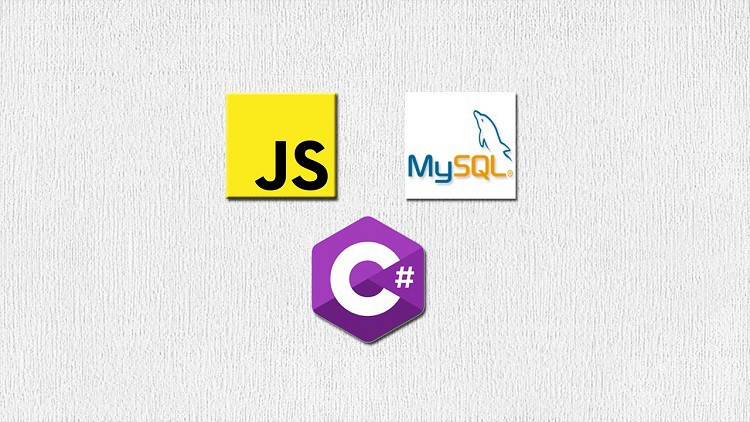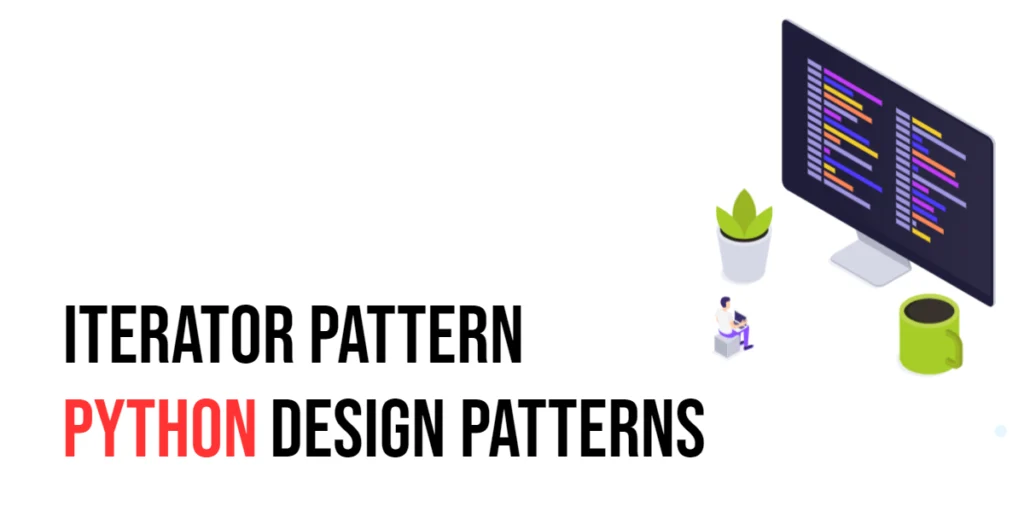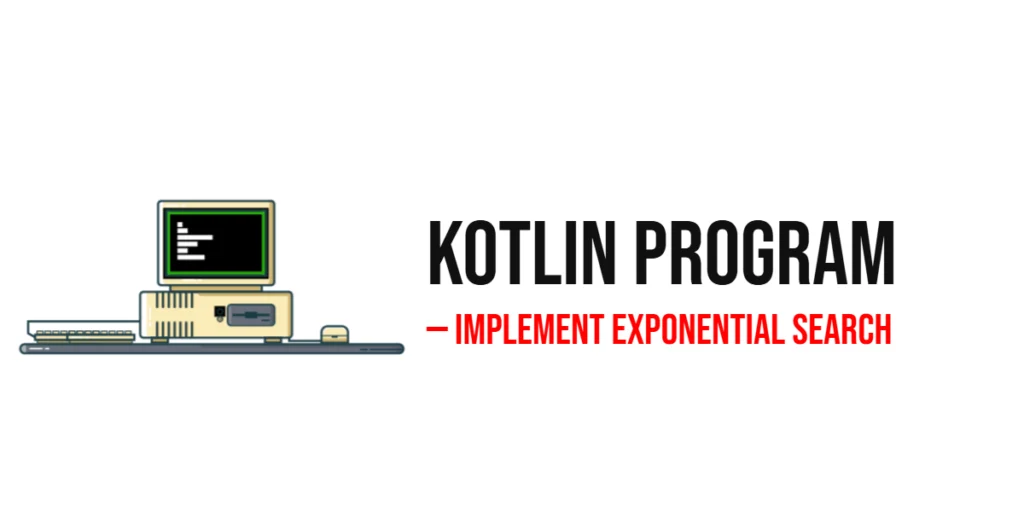When it comes to programming in C#, understanding data types is fundamental. Data types define the kind of data a variable can hold and the operations that can be performed on it. In C#, data types are broadly categorized into two main groups: value types and reference types. Additionally, they can be further classified as signed and unsigned, based on whether they allow negative values or not. In this article, we’ll explore C# data types, each type in detail and providing practical examples to solidify your understanding.

with hands-on learning.
get the skills and confidence to land your next move.
Introduction to Data Types
In C#, every variable and expression has a type that determines the kind of data it can store. Data types define the size, layout, and values a variable can hold. C# provides a rich set of built-in data types, categorized as value types and reference types.
Value Types
Value types directly contain their data and are stored in the stack memory. They include simple types like integers, floating-point numbers, characters, and more complex types like structures.
Integer Types
Integers are whole numbers without any fractional component, and they are fundamental in most programming scenarios. In C#, there are several integer types, both signed and unsigned. Let’s delve into them.
Signed Data Types
Signed data types can represent both positive and negative values. Let’s explore some of the commonly used signed value types in C#.
sbyte – 8-bit Signed Integer
The sbyte data type represents a signed 8-bit integer. It can hold values in the range of -128 to 127.
public class DataTypes
{
public static void Main()
{
sbyte signedByte = 42;
Console.WriteLine(signedByte); // Output: 42
}
}short – 16-bit Signed Integer
The short data type represents a signed 16-bit integer, with a range of -32,768 to 32,767.
public class DataTypes
{
public static void Main()
{
short signedShort = 15000;
Console.WriteLine(signedShort); // Output: 15000
}
}int – 32-bit Signed Integer
The int data type represents a signed 32-bit integer, covering a range of approximately -2 billion to 2 billion.
public class DataTypes
{
public static void Main()
{
int signedInt = -2147483648;
Console.WriteLine(signedInt); // Output: -2147483648
}
}long – 64-bit Signed Integer
The long data type represents a signed 64-bit integer, allowing for a vast range of values.
public class DataTypes
{
public static void Main()
{
long signedLong = 9223372036854775807;
Console.WriteLine(signedLong); // Output: 9223372036854775807
}
}Unsigned Data Types
Unsigned data types, on the other hand, can only represent non-negative values. Let’s explore some commonly used unsigned value types.
byte – 8-bit Unsigned Integer
The byte data type represents an unsigned 8-bit integer, capable of holding values from 0 to 255.
public class DataTypes
{
public static void Main()
{
byte unsignedByte = 200;
Console.WriteLine(unsignedByte); // Output: 200
}
}ushort – 16-bit Unsigned Integer
The ushort data type represents an unsigned 16-bit integer, with a range of 0 to 65,535.
public class DataTypes
{
public static void Main()
{
ushort unsignedShort = 60000;
Console.WriteLine(unsignedShort); // Output: 60000
}
}uint – 32-bit Unsigned Integer
The uint data type represents an unsigned 32-bit integer, covering a range of 0 to approximately 4.3 billion.
public class DataTypes
{
public static void Main()
{
uint unsignedInt = 4000000000;
Console.WriteLine(unsignedInt); // Output: 4000000000
}
}ulong – 64-bit Unsigned Integer
The ulong data type represents an unsigned 64-bit integer, allowing for a vast range of non-negative values.
public class DataTypes
{
public static void Main()
{
ulong unsignedLong = 18446744073709551615;
Console.WriteLine(unsignedLong); // Output: 18446744073709551615
}
}Floating-Point Types
Floating-point types represent real numbers and are typically used for computations that require a decimal point. C# supports three floating-point types: float, double and decimal.
float
The float data type represents a 32-bit single-precision floating-point number.
public class DataTypes
{
public static void Main()
{
float floatingPoint = 3.14f;
Console.WriteLine(floatingPoint); // Output: 3.14
}
}double
The double data type represents a 64-bit double-precision floating-point number, offering higher precision than float.
public class DataTypes
{
public static void Main()
{
double doublePrecision = 2.71828;
Console.WriteLine(doublePrecision); // Output: 2.71828
}
}decimal
The decimal type is suitable for financial and monetary calculations due to its high precision. It is a 128-bit decimal floating-point number.
public class DataTypes
{
public static void Main()
{
decimal myDecimal = 123.456m;
Console.WriteLine(myDecimal); // Output: 123.456
}
}Character Type
The char data type represents a single 16-bit Unicode character (enclosed in single quotes).
public class DataTypes
{
public static void Main()
{
char character = 'E';
Console.WriteLine(character); // Output: E
}
}Boolean Type
The bool data type represents a Boolean value, which can be either true or false.
public class DataTypes
{
public static void Main()
{
bool isTrue = true;
Console.WriteLine(isTrue); // Output: True
}
}Reference Types
Reference types store references to the memory location of the actual data. They include classes, interfaces, arrays, and delegates.
Strings
Strings are sequences of characters and are represented by the string type. They are reference types but are immutable, meaning their values cannot be changed after creation:
public class DataTypes
{
public static void Main()
{
string greeting = "Hello, C#!";
Console.WriteLine(greeting); // Output: Hello, C#!
}
}Object Type
The object type is the root type for all other types in C#. It can hold values of any data type, making it versatile but less type-safe.
public class DataTypes
{
public static void Main()
{
object genericObject = "Hello, C#!"; ;
Console.WriteLine(genericObject); // Output: Hello, C#!
}
}Nullable Types
In C#, most value types cannot be assigned a value of null. However, by using nullable types, you can assign a null value to value types. This is achieved by appending a ? to the value type.
public class DataTypes
{
public static void Main()
{
// Nullable Int
int? nullableInt = null;
if(nullableInt != null)
{
Console.WriteLine(nullableInt);
}
else
{
Console.WriteLine("nullableInt is null.");
}
// Nullable Double
double? nullableDouble = 3.14;
if(nullableDouble != null)
{
Console.WriteLine(nullableDouble); // Output: 3.14
}
else
{
Console.WriteLine("nullableDouble is null.");
}
}
}Nullable types are handy when dealing with databases or scenarios where a value might be missing or undefined.
Type Inference with var
C# supports type inference through the var keyword, allowing the compiler to determine the type based on the assigned value.
public class DataTypes
{
public static void Main()
{
var dynamicNumber = 42; // Compiler infers int
var dynamicString = "C# is awesome!"; // Compiler infers string
Console.WriteLine(dynamicNumber); // Output: 42
Console.WriteLine(dynamicString); // Output: C# is awesome!
}
}While type inference can make code more concise, it’s crucial to strike a balance and ensure code readability.
Choosing the Right Data Type
Choosing the right data type is crucial for efficient memory usage and program performance. Consider the range of values your variable needs to hold and whether negative values are required. If negative values are not needed, opting for an unsigned type can effectively double the positive value range.
Conclusion
Understanding C# data types and variables is foundational for writing effective and efficient code. As you continue to explore the language, keep in mind the nuances of each data type and the role variables play in storing and manipulating data. By mastering these concepts, you’ll be well-equipped to build robust and scalable C# applications.
I hope you found this article informative and useful. If you would like to receive more content, please consider subscribing to our newsletter.





